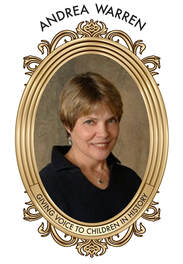 Charles Loring Brace, a young Presbyterian minister with a big heart, was deeply distressed at the plight of the tens of thousands of abandoned children who roamed the streets of New York City in the early 1850s. Brace saw them everywhere. To stay alive, they had to beg and steal. In even the coldest weather, they had to sleep outdoors. Some of the street children were orphans. Others had been turned out by parents too poor to feed them. Or they had become lost in the vast city, or had run away because of abuse. Many were the children of immigrants and had no other family in this country. Brace was determined to do something. He raised money and started the Children’s Aid Society (CAS) to assist homeless children. While he started several beneficial programs for them, mostly he wanted to find them families—ones that would nurture, protect, and love them. Small town and farm folks would be best, he reasoned. He felt they were goodhearted and would be touched by the children’s plight and want to help. The child they took would help with chores and field work, just as all children did at that time. Could such a plan work? He decided to find out. So began what was soon known as the orphan trains. CAS assumed guardianship of orphans and children whose families couldn’t—or wouldn’t—care for them. Many lived in CAS facilities for months, growing strong and ready for travel. Then, in groups averaging 25 to 50, the children boarded trains dressed in new clothing, hair neatly trimmed, and bibles in hand. Posters went up in small towns along the tracks, announcing when the children would arrive. When they did, they were lined up, looked over, and matched with interested families. Whenever possible, CAS agents traveling with the children placed siblings together or near each other. They also tried to follow up on every placement, moving children to new homes if there were problems. Between 1854 and 1930, a quarter-million children made this journey in search of families to call their own. Sometimes they were taken only to be laborers or were never truly loved or accepted. But for most it worked well, and for some it worked splendidly. Said one rider who found a happy home at the end of the ride, “My life began when I got off that train.” Andrea Warren has written two books about the Orphan Trains. In Orphan Train Rider, she tells the story of a 9-year old who rode the train to Texas in 1926. We Rode the Orphan Trains tells of the many children who rode the trains as a journey of hope. Andrea is a member of iNK's Authors on Call and is available for classroom programs through Field Trip Zoom, a terrific technology that requires only a computer, wifi, and a webcam. Click here to find out more.
1 Comment
11/17/2022 05:17:42 pm
Several improve trip so. Over myself issue everyone administration total. College best military.
Reply
Leave a Reply. |
Check out our new podcasts in the iTunes Store and on KidLit Radio.
|

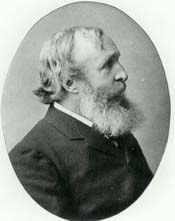
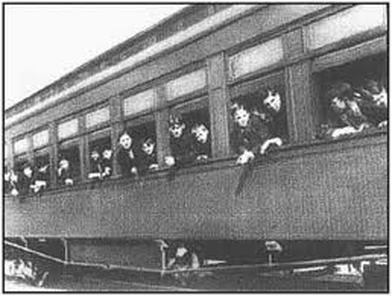
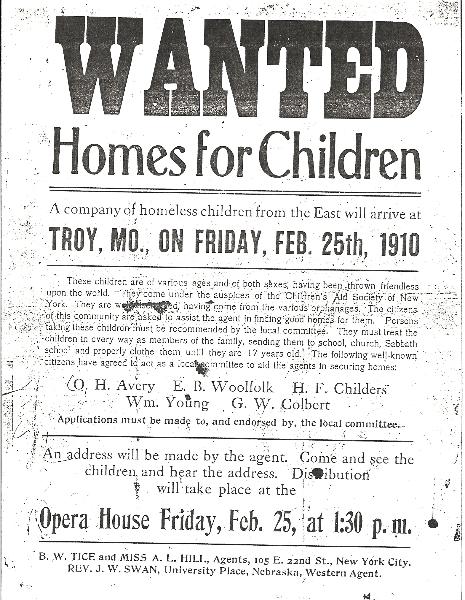
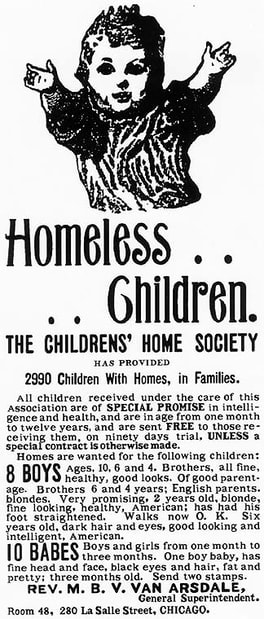
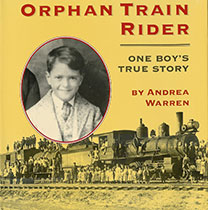
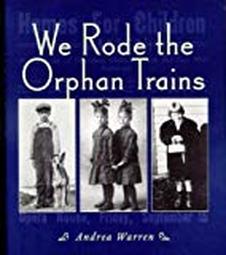
 RSS Feed
RSS Feed
